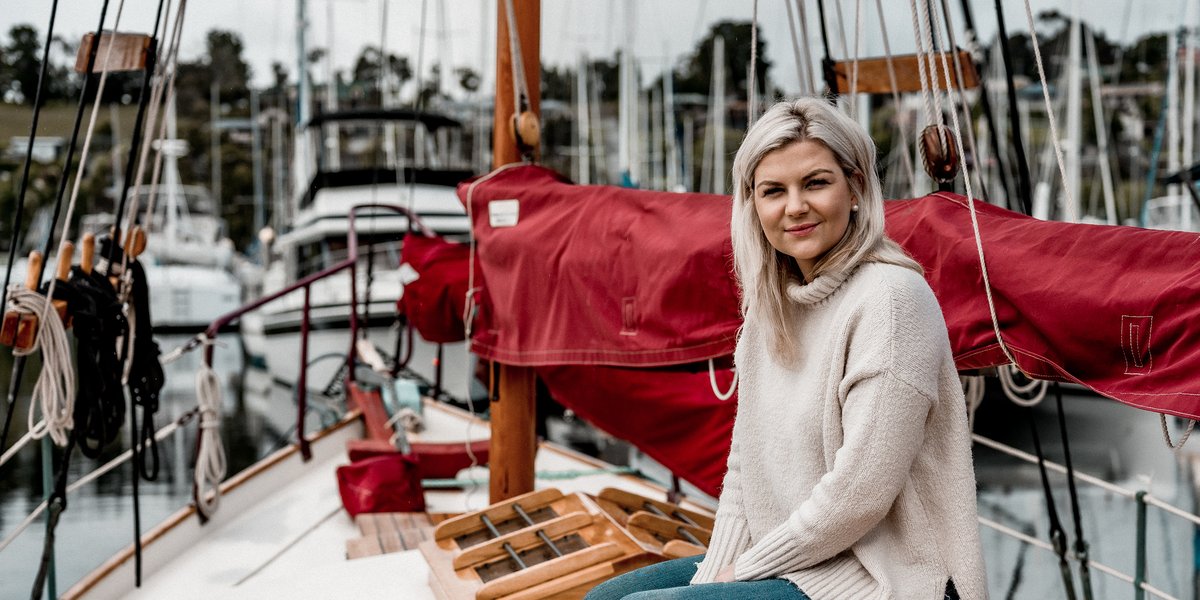Sarah Parry
"While on board they lose their inherent selfishness; they become much more a team person; they become much more family orientated. We get so many young people that have done extraordinarily well and send me letters years later, telling me what they’ve done."
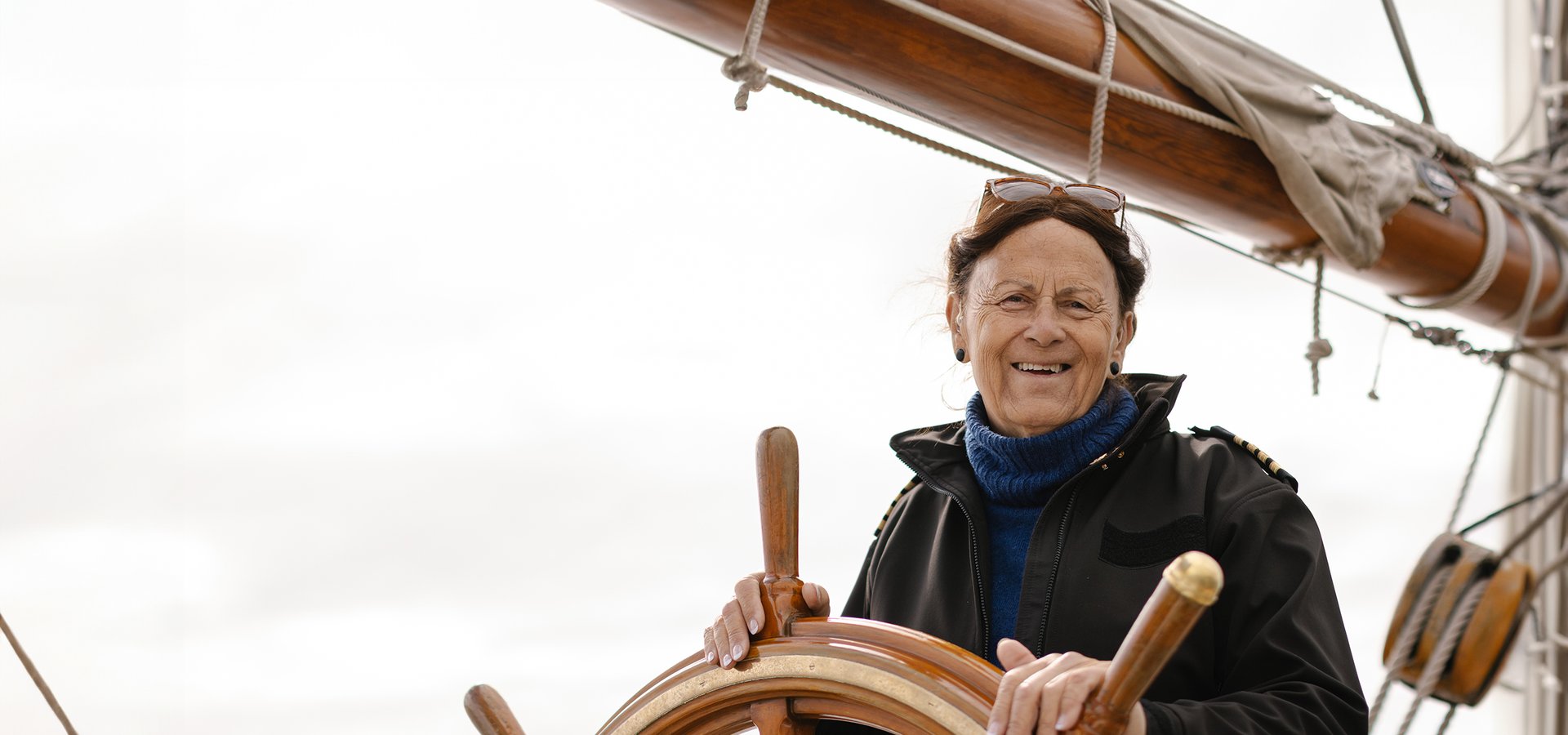
"After that first day, they just never stopped coming. One of them told me the reason they liked coming so much was that they were putting together something permanent. Something they could get some satisfaction out of."
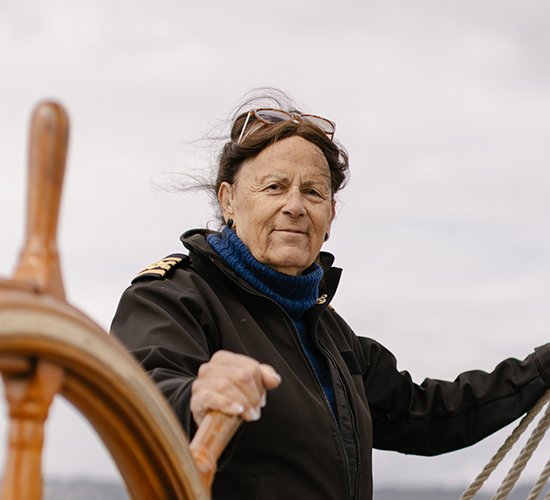
A leisurely evening stroll along Hobart’s waterfront will lead you past dozens of boats and ships, each with its own unique history. If you’re especially lucky, you might find a sailor still on duty, hosing down the decks or splicing lines, happy to pause for a quick yarn.
One of those extraordinary, hardworking people you might meet is Sarah Parry, Captain of the traditional tall ship, Windeward Bound.
Windeward Bound is a wooden brigantine: a two-masted sailing ship with a fully square-rigged foremast, and fore-and-aft rigging on the main mast. Operated by The Windeward Bound Trust, a registered charity, the ship was built by volunteers and launched in 1996. It is constructed almost entirely of recycled materials – including Tasmanian eucalypt, Huon Pine and Oregon Pine – and is modelled on plans from an 1848 Boston Schooner.
Sarah Parry received a copy of those plans from the Smithsonian Institute in 1984, after searching for many years for the manuscript of the book in which they were illustrated. After leaving the Navy in her early twenties, Sarah had moved from Sydney to Tasmania and forged a successful career in joinery, set design and art direction. But she found herself unable to let go of an idea that had first come to her twenty years before, as she watched a square rigger sail into Sydney Harbour in 1965: building and operating her own tall ship. Finding herself living in Hobart in the late 1980s, Sarah was finally able to move the idea off the backburner and turn her vision into a reality.
“The line drawing of a boat is like a topographic map,” says Sarah. “When you learn to read that drawing you can see the shape of the boat and work out your construction plans. So, I got that topographic map and the broad dimensions, but that was all. I had to spend about six months working almost every night with a set of dividers and a scale rule, measuring everything, trying to come up with the couple of thousand necessary measurements. At that stage I had no materials, I was just beavering away working through the plans which had been sent through from the Smithsonian.”
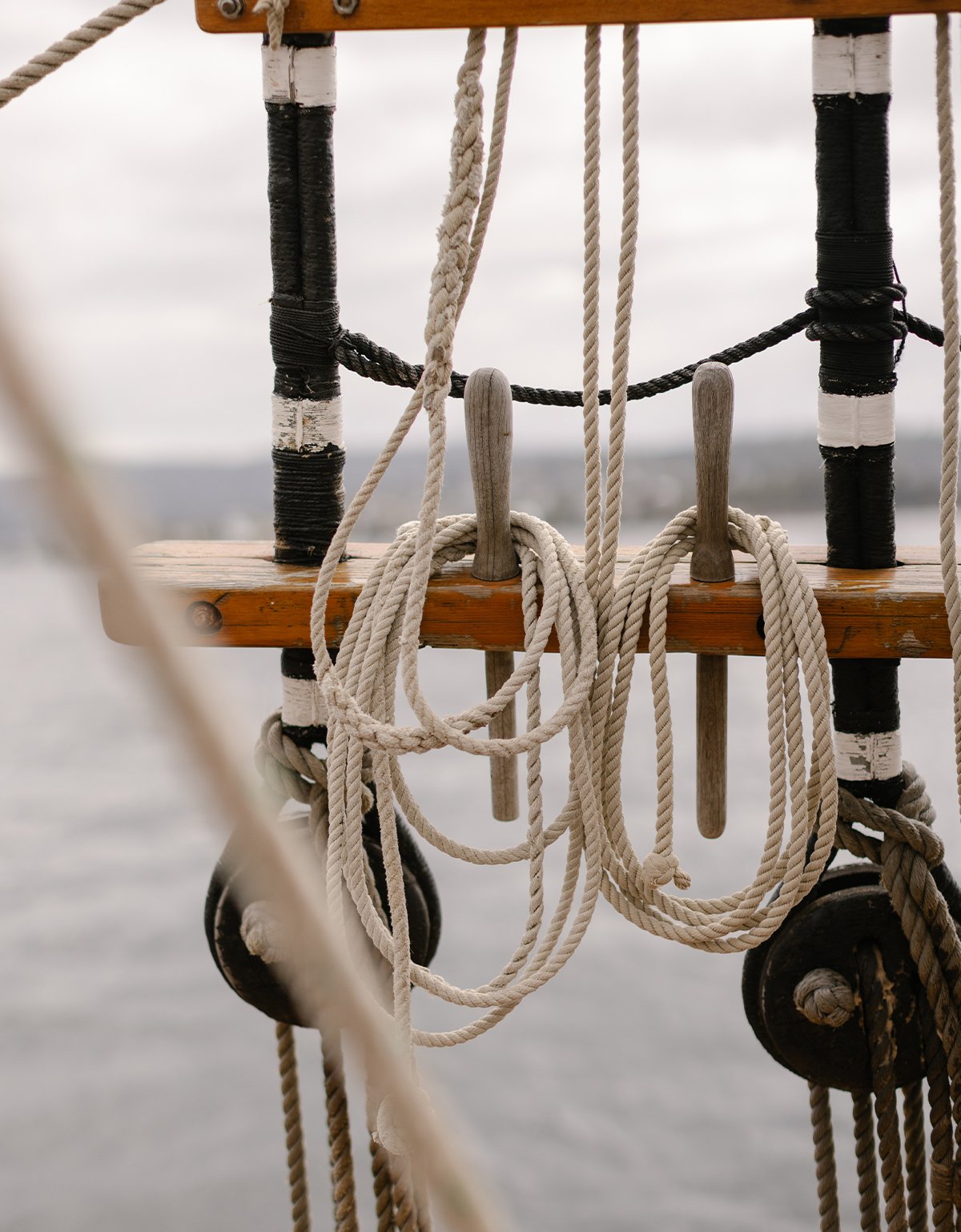
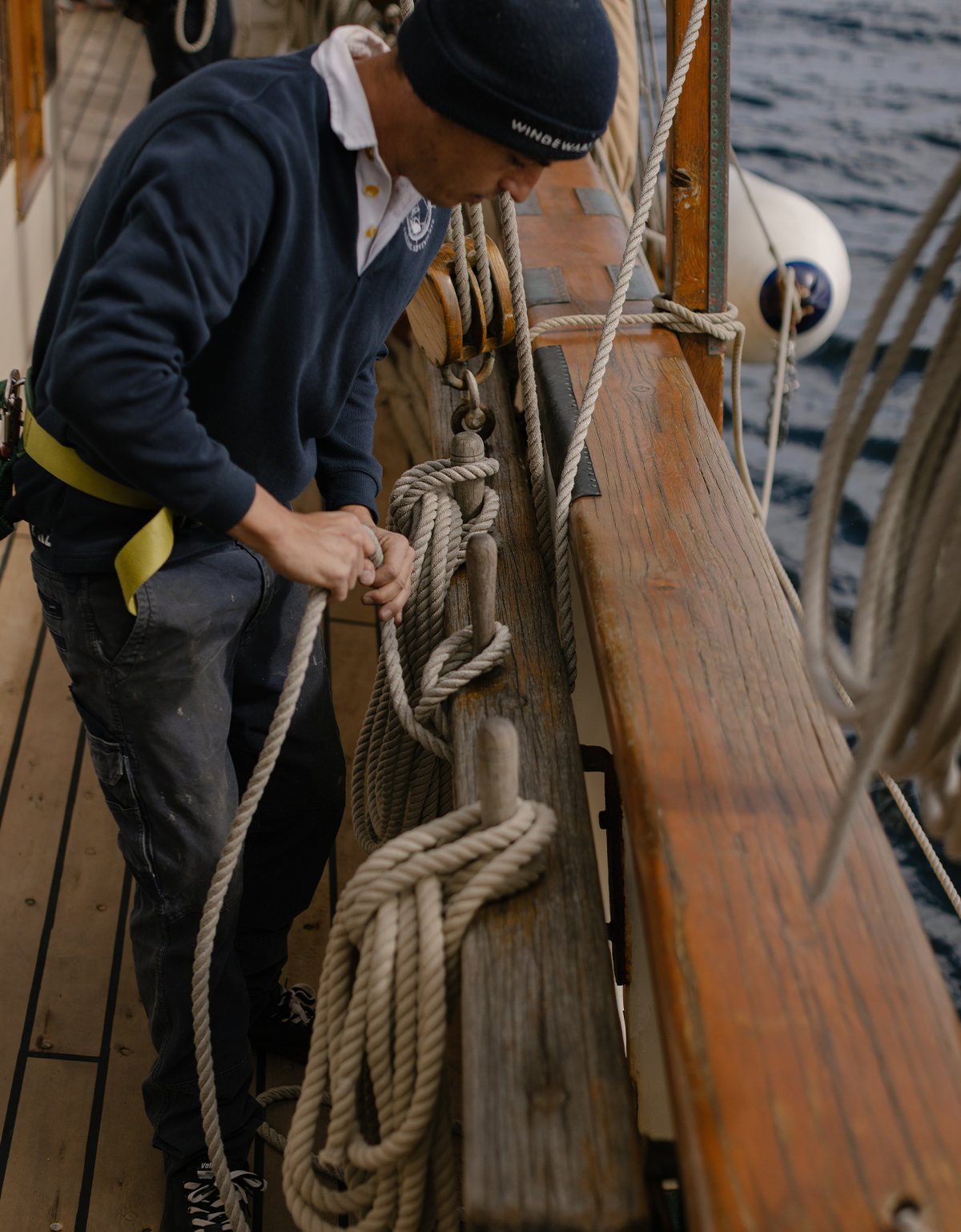
Like so many endeavours in Tasmania, boat building is as much about who you know as what you know. “I used to haunt the boatyards,” laughs Sarah. “I’d talk to the shipwrights to find out why they did this or that, and they were very generous with the information. I think they were so pleased to have someone interested in what they did, they were quite cheerful talking to me about it.”
As a talented woodworker, now equipped with a better sense of how to go about building a boat, Sarah was still left facing a few major obstacles: she needed a construction crew, materials, and an appropriate location. A chance photography assignment on the famous ship Eye of the Wind provided her with inspiration for tackling at least one of those challenges.
“There were lots of patches in the timbers here and there, and it suddenly clicked that it was all recycled timber and fittings,” says Sarah. “Back in Hobart, I started to search for timber. They pulled down the old Prince of Wales Theatre, and we bought the entire roof - which was all huge, long Oregon beams – for $2000. There was an old ferry down at Kettering that needed to be broken up, so we offered to go down and dismantle it if we could keep the timber. The thing with second hand timber is that if you get any fastenings out of it and machine it back a bit, you get new timber again. The inside is perfectly good.”
The keel of Windeward Bound was laid in 1990, after an old warehouse on below the Botanic Gardens became available for the work to take place – the owners offering use of the shed as a form of sponsorship. Over the following years, a committed group of volunteers started constructing the ship.
It had always been part of Sarah’s plan for Windeward Bound to offer some kind of youth program, but she hadn’t anticipated that this would begin so early as the construction phase.
“When the frames were about half up, a social worker from the Hobart Council turned up,” says Sarah. “He said, ‘I’ve got some young people who really need to come down and work here. They’ve been in a bit of strife and they need something to do.’ So, we met up at the PCYC (Police and Community Youth Club) and I told them what the boat was all about, what we were doing and how we were doing it and invited them to have a look. They said, ‘Sure, we’ll give you a day.’ Then they went away and talked about it and came back again and said, ‘Actually, we’ll give you a day a week.’ After that first day, they just never stopped coming and were there every day, 7 days a week. One of them told me the reason they liked coming so much was that they were putting together something permanent. Something they could get some satisfaction out of.”
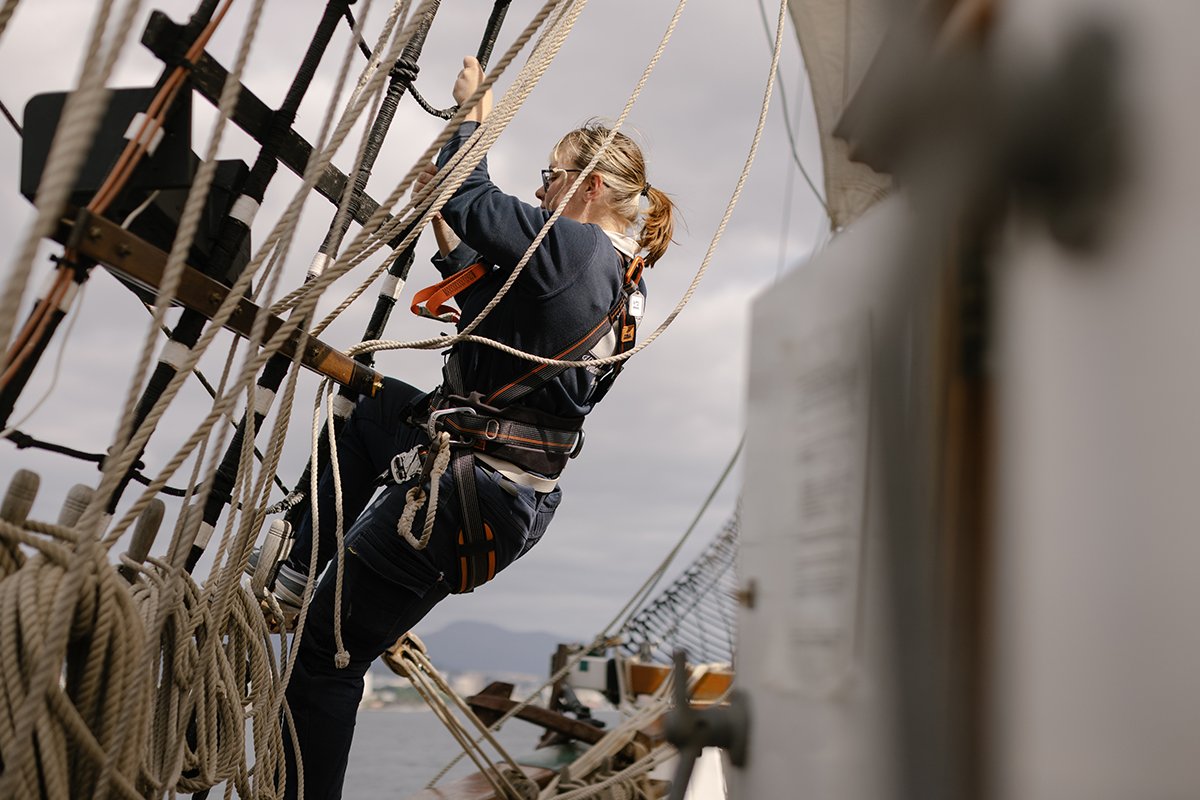
The ship is now considered an icon. It’s part of the waterfront, and so am I in a way. I got a letter in our mailbox at the Post Office, it was addressed to ‘Sarah, the Waterfront, Hobart.’ They knew exactly where to find me.
In the coming months, more and more young people joined the project — in part drawn by the gratification and fulfilment of the work itself, but perhaps also keen to work with Sarah, someone whose own life experiences had given her a particular degree of empathy and understanding.
“I was a bit of a wayward youth myself, on the verges of getting into trouble,” she says. “I never actually got into any serious trouble, but I was on that path. My father was a naval officer. He came home one night when I was almost 18 and told me he’d teed up a tour of the Navy diving base. I was an avid skin diver, an avid snorkeller. I had been since I was about eight. So, of course I was interested in that. He was very cunning.”
“The first six weeks in the Navy… you don’t get any leave at all,” she continues. “You’re restricted to the recruit base. When I finally got leave, I jumped on a plane and went home to see everybody. After half an hour with them, I thought ‘Why am I here? I don’t want to be here.’ I’d changed so much in six weeks.”
Since its launch in 1996, Windeward Bound has covered more than 100,000 nautical miles, and its programs have provided a focus for thousands of young people. The charitable trust that oversees the ship’s work explicitly states its commitment to the development and training of youth, with particular emphasis on those left vulnerable by financial, social, lifestyle or family circumstances.
For Sarah, one of the greatest pleasures of her work is seeing the life-changing impacts those training voyages often have on the young participants.
“It’s their whole attitude,” she says. “Whilst on board they lose their inherent selfishness; they become much more a team person; they become much more family orientated. There are just so many changes. We get so many young people that have done extraordinarily well and send me letters years later, telling me what they’ve done.”
“I think one of the funny things about Tassie is that it takes about 20 years to become an overnight success,” she muses now in her captain’s quarters, surrounded by photos and memorabilia from the last three decades. “But the ship is now considered an icon. It’s part of the waterfront, and so am I in a way. I got a letter in our mailbox at the Post Office, it was addressed to ‘Sarah, the Waterfront, Hobart.’ They knew exactly where to find me.”
Sarah is one of 17 Tasmanians featured in our short screenpiece about Women in Tasmania, created in partnership with our friends in the Department of Premier and Cabinet's Women's Portfolio.
We worked with north west Tasmanian photographers Moon Cheese Studio and southern Tasmanian cinematographer Joshua Lamont ACS for this Tasmanian story.
Read about more Tasmanians
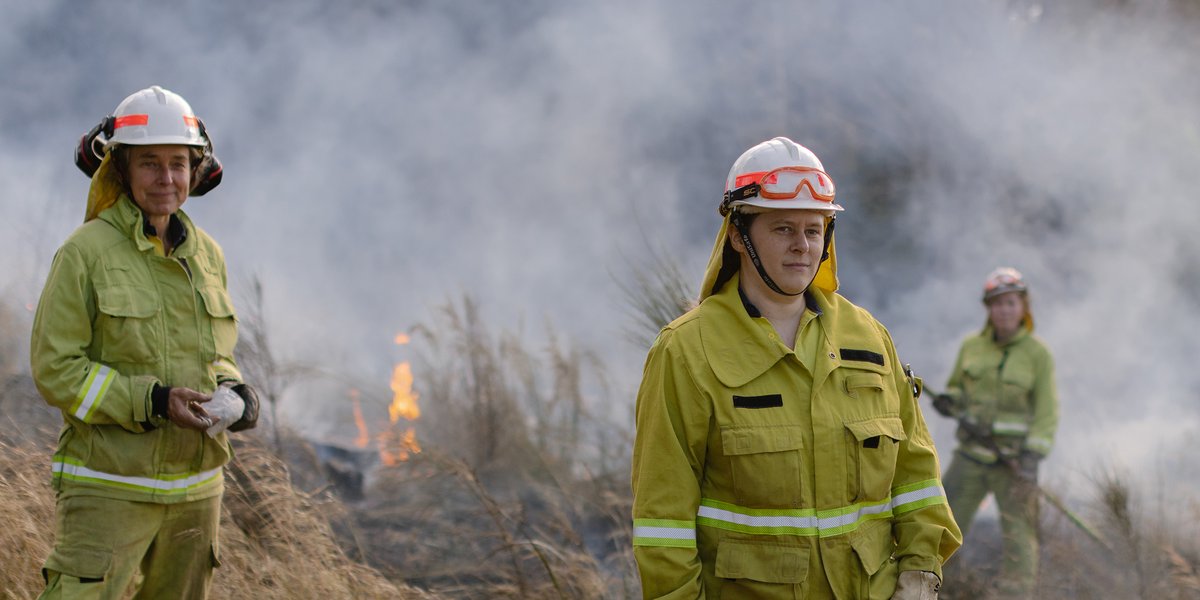
Melanie Gent
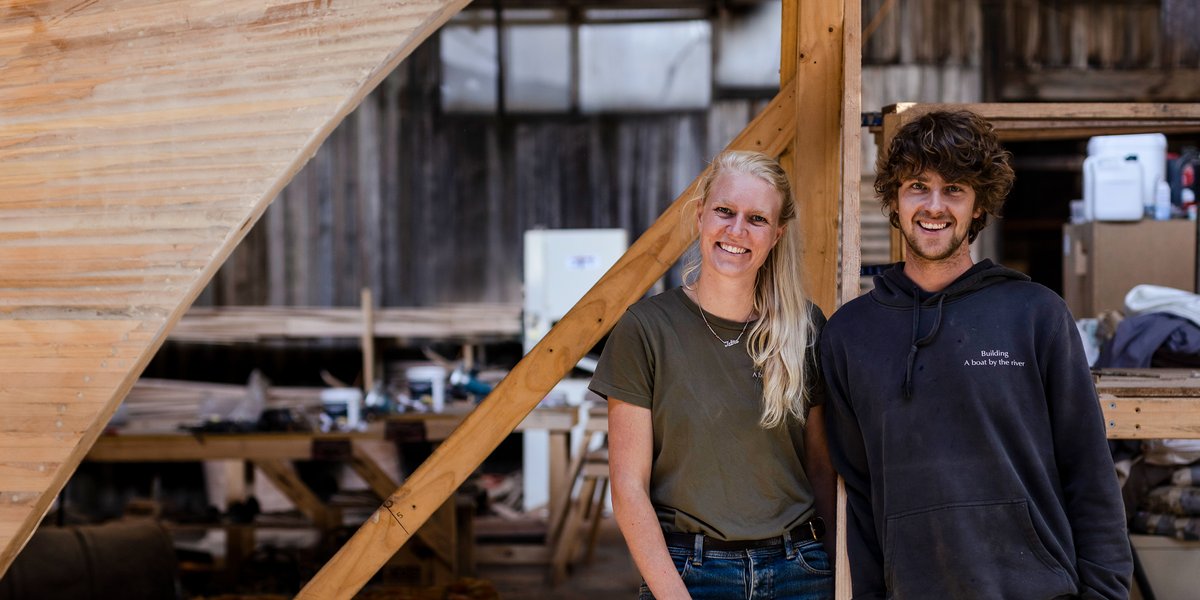
Matt Morris & Iefke van Gogh
